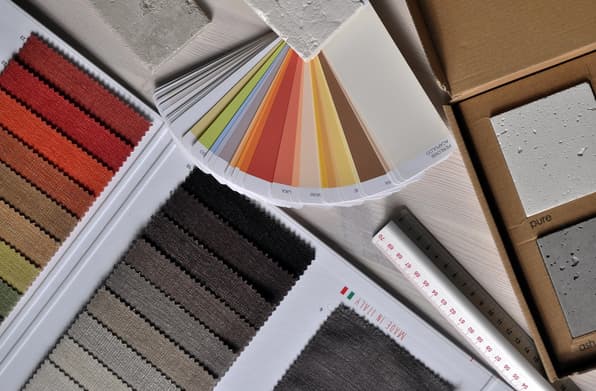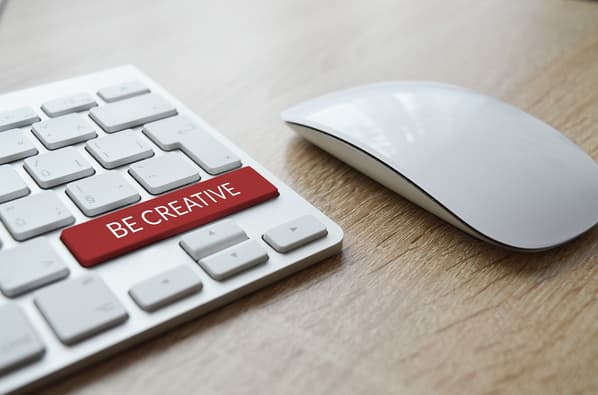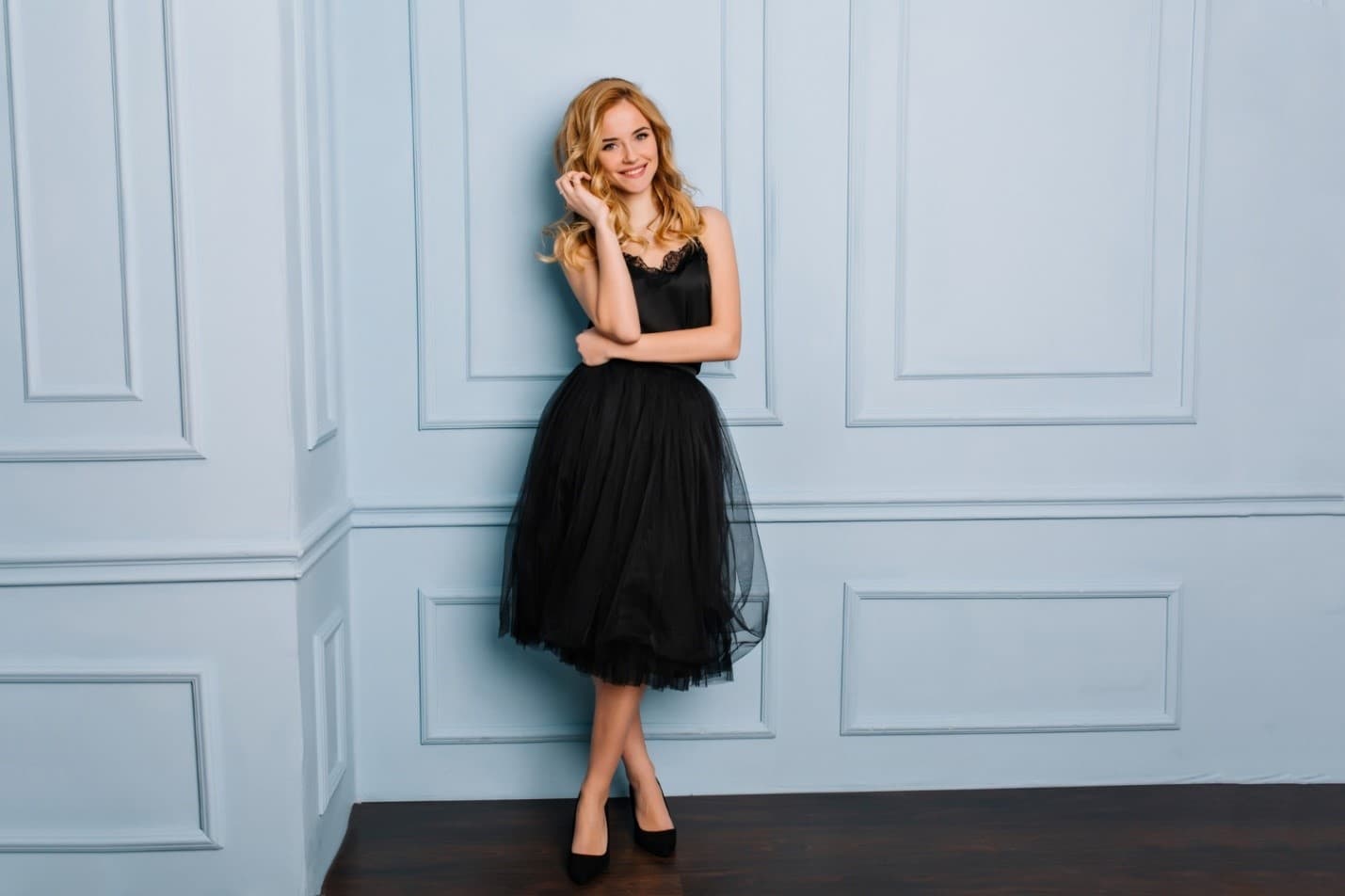Fashion is far more than clothing; it is a reflection of identity, culture, and creativity. Behind every dress, suit, or accessory lies the vision of a designer who blends artistry with functionality. Outfits are more than fabric stitched together—they carry messages of confidence, elegance, rebellion, or tradition. Accessories, meanwhile, elevate an ensemble, adding subtle detail or bold expression. Together, designers, outfits, and accessories form a dynamic trio that has shaped how humanity expresses itself throughout history. Exploring facts about these three aspects reveals not only how fashion functions but also how it influences society at large.
Designers: Visionaries of Style
Designers are the architects of fashion. Their work goes beyond sketching garments; they capture the spirit of their era and push boundaries to redefine beauty. One interesting fact about designers is that many begin with a signature style that later becomes their trademark—whether it is the minimalism of clean lines, the extravagance of bold patterns, or the fusion of cultural influences.
Another compelling truth is that designers often influence much more than clothing. They set the tone for hairstyles, makeup, and even home décor trends. Some designers create entire lifestyles, building brands that extend from the runway to perfume bottles and furniture collections.
Designers also thrive on reinvention. Many create seasonal collections not only to present new ideas but to challenge themselves artistically. Fashion shows are less about practicality and more about storytelling, with garments acting as visual chapters in a designer’s narrative. Behind the glamour lies discipline: countless hours of sketching, experimenting with fabrics, and perfecting construction techniques.
Most importantly, designers are cultural translators. They observe the world—its politics, art, music, and social movements—and translate those observations into fabric. This makes fashion not only a business but also a historical record of what people valued in any given decade.
Outfits: Expressions of Identity
Outfits are the most visible manifestation of fashion. They serve as personal statements, signaling everything from profession to personality. One fact worth noting is that clothing choices often convey messages long before words are spoken. A tailored suit suggests professionalism, while casual jeans and a T-shirt project relaxation and informality.
Fashion outfits also shift with context. What one wears to a wedding differs dramatically from attire for a concert or a business meeting. Outfits embody the unspoken social codes that guide interactions. Interestingly, even the simplest outfit often carries deliberate thought: the cut, color, and fit all contribute to how the wearer is perceived.
Seasonality also plays a major role in outfit design. Light fabrics and bright colors dominate summer collections, while heavier materials and layered looks define winter attire. Designers carefully anticipate these shifts, ensuring that wardrobes evolve with climate and lifestyle.
Another fascinating aspect is how outfits connect with tradition and innovation simultaneously. For example, cultural attire—like kilts, saris, or hanboks—remains timeless while influencing modern reinterpretations. Designers frequently borrow from these traditions, blending the old with the new to create outfits that are both familiar and refreshing.
Ultimately, outfits act as silent storytellers. Each look communicates something: elegance, rebellion, creativity, or even nostalgia. They transform the body into a canvas, allowing individuals to display their inner selves outwardly.
Accessories: The Finishing Touch

If designers are visionaries and outfits are canvases, accessories are the punctuation marks that complete the sentence. Accessories—shoes, bags, belts, jewelry, scarves, and more—may appear secondary, but they often define the overall impression of an ensemble. A fact about accessories is that they can instantly change the mood of an outfit. The same black dress paired with pearls communicates refinement, while the addition of chunky boots and a leather jacket suggests bold rebellion.
Accessories are also highly symbolic. Rings can signify marital status, religious affiliation, or achievement. Belts can accentuate the waistline and reshape the silhouette, while hats historically represented class and profession. Handbags, beyond being practical, have become powerful style statements, with their designs often achieving iconic status.
Another fascinating truth is that accessories often drive the commercial side of fashion. While haute couture garments may be showcased for artistic expression, accessories are more widely purchased and worn by the public. A recognizable handbag or pair of sunglasses extends the designer’s influence into everyday life.
Color and texture are equally important in accessories. A bright scarf can inject energy into a muted outfit, while metallic jewelry can add sparkle to a simple look. Accessories are the realm of experimentation, allowing individuals to play with trends without fully committing to a bold outfit.
What makes accessories unique is their versatility. They can be mixed, matched, layered, or minimized, giving endless possibilities to transform even the most basic wardrobe. This adaptability ensures that accessories remain timeless essentials in fashion.
Conclusion
The world of designers, outfits, and accessories is a rich tapestry of artistry, identity, and innovation. Designers envision new possibilities, turning fabric into statements that shape culture. Outfits bring those visions to life, allowing individuals to express identity and adapt to social contexts. Accessories provide the finishing touches, balancing practicality with flair while elevating ensembles into memorable style statements.
Together, these three elements reveal the true essence of fashion: it is not merely about clothing the body but about telling stories, reflecting values, and celebrating creativity. Facts about designers, outfits, and accessories show how deeply intertwined fashion is with everyday life. From the runway to the street, fashion remains a living dialogue between art and expression, reminding us that what we wear is never just fabric—it is a language we all speak.



